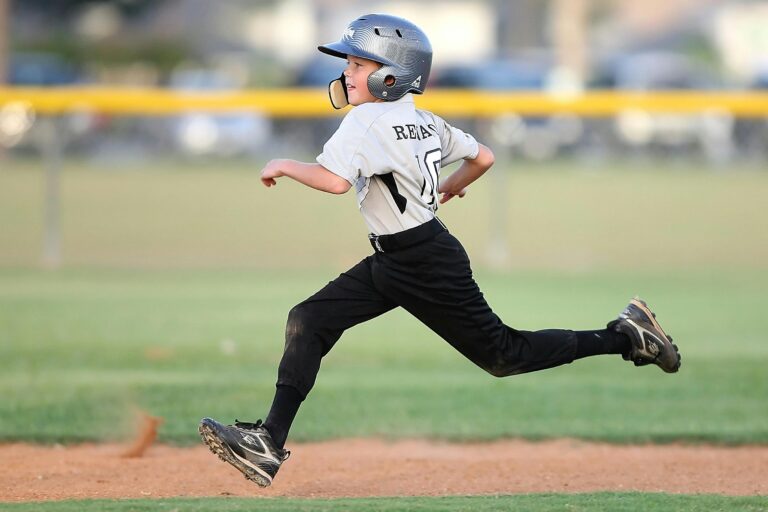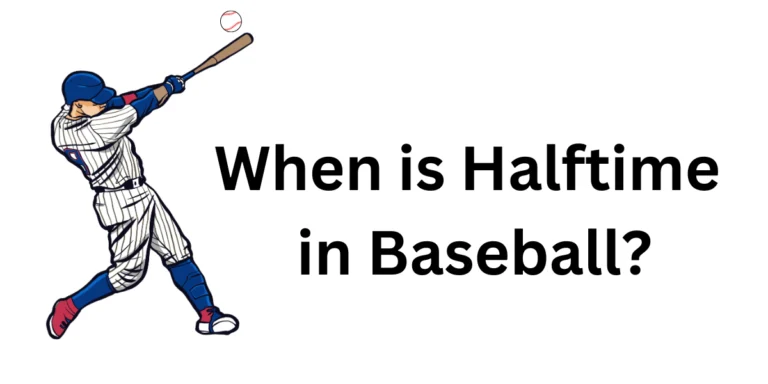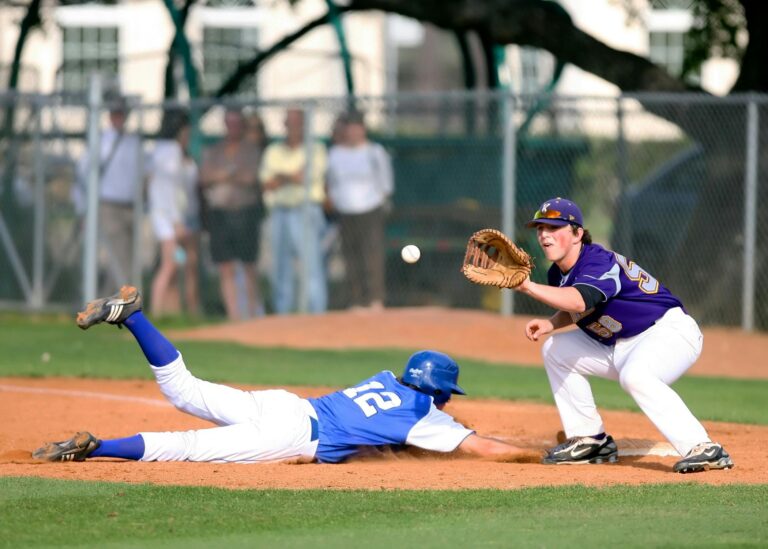On-Base Percentage (OBP): Exploring the World of Baseball
Baseball is an intricate and exciting sport with rich complexities and fascinating statistics. One of the most crucial metrics in the game is the On-Base Percentage (OBP). This statistic clearly explains a player’s efficiency and effectiveness in reaching base.

Understanding On-Base Percentage (OBP)
The On-Base Percentage (OBP) is a critical metric quantifying how often a batter reaches base. It provides a comprehensive view of a player’s batting performance by including hits, walks, and hit-by-pitches in its calculation.
What is the On-Base Percentage (OBP)?
The On-Base Percentage (OBP) quantifies the frequency with which a batter successfully reaches base, excluding instances such as fielding errors, fielder’s choice, dropped/uncaught third strike, fielder’s obstruction, or catcher’s interference.
It’s a valuable metric that offers a more holistic view of a player’s performance than the batting average alone.
What is the Average OBP?

The average On-Base Percentage (OBP) varies based on the league and the year. For instance, in Major League Baseball (MLB), the average OBP has typically fluctuated around .320 to .340.
However, it’s essential to note that the average can vary significantly between different leagues and seasons.
What is Considered a Good OBP in Baseball?
Generally, a player with an OBP of .340 or higher is considered above average, while an OBP of .370 or higher is deemed excellent. On the other hand, an OBP below .300 is usually seen as poor. However, these standards can change based on the overall offensive environment of the league and the era in which the player is active.
How to Calculate OBP
The formula for calculating on-base percentage (OBP) is as follows:
OBP = (Hits + Walks + Hit by Pitch) / (At Bats + Walks + Hit by Pitch + Sacrifice Flies)Each element in the equation represents a different way a batter can reach base. By including walks and hit-by-pitches, OBP captures a more comprehensive picture of a batter’s ability to avoid making outs than the traditional batting average.
Tips and Strategies to Improve Your OBP
Improving your On-Base Percentage (OBP) requires skill, strategy, and discipline. Here are some tips to help you boost your OBP:
- Patience at the Plate: One of the best ways to improve your OBP is by being patient at the plate. Avoid swinging at bad pitches, and don’t be afraid to take a walk.
- Improve your Batting Skills: The more hits you get, the higher your OBP. Focus on improving your batting skills to increase your chances of getting on base.
- Use the Whole Field: Don’t limit yourself to one part of the field. Using the whole field increases your chances of getting a hit and reaching base.
- Avoid Strikeouts: The fewer outs you make, the higher your OBP. Work on making contact and putting the ball in play to avoid strikeouts.
What is the Average OBP in MLB?
In Major League Baseball (MLB), the average On-Base Percentage (OBP) tends to be around .320 to .340. However, this average can fluctuate based on numerous factors, such as changes in the game, the quality of pitchers, and the strategies employed by teams.
Who has the Highest OBP Ever?
The record for the highest career On-Base Percentage (OBP) in Major League Baseball (MLB) history is Ted Williams, who posted an incredible .482 OBP over his 19-year career with The Boston Red Sox played from 1939 to 1960.
Williams, widely regarded as one of the greatest hitters in baseball history, consistently excelled at getting on base, showcasing his extraordinary skill and discipline.
Did Michael Jackson like baseball
Conclusion
The On-Base Percentage (OBP) is a fundamental metric in baseball, offering a comprehensive view of a player’s batting performance. Whether you’re a player looking to improve your game or a fan seeking to understand the sport better, understanding the On-Base Percentage (OBP) is crucial. It’s yet another reminder of the intricate beauty of baseball.
Also Read More: What Is OPS Stand In Baseball?






